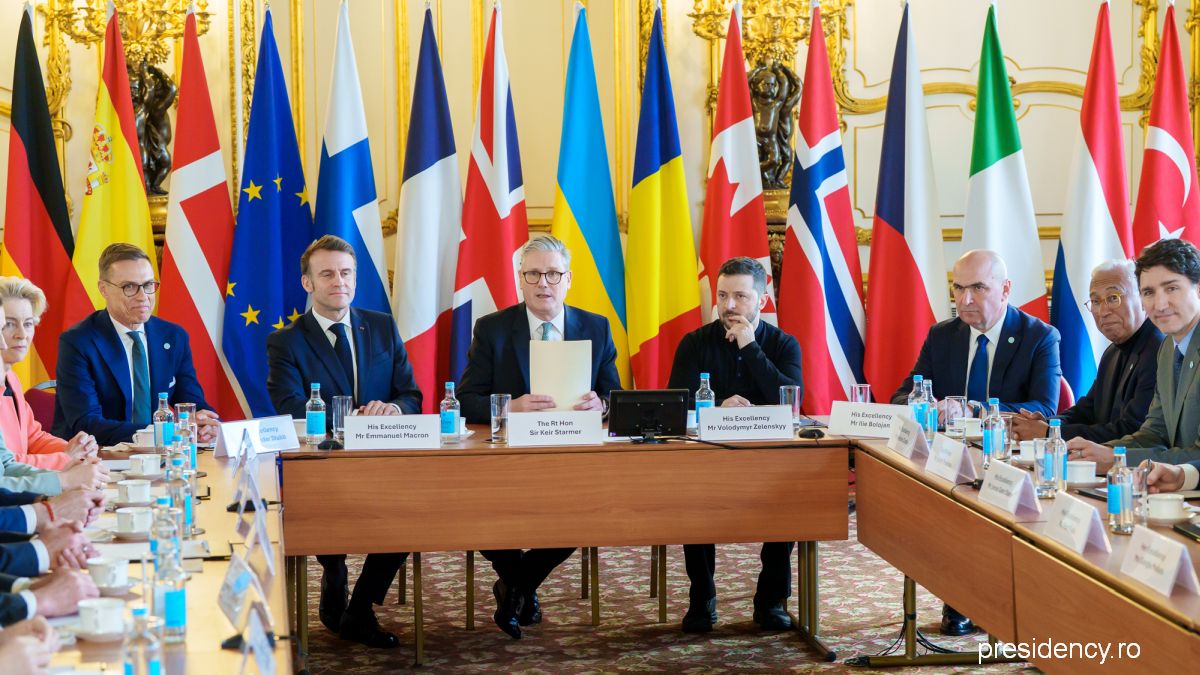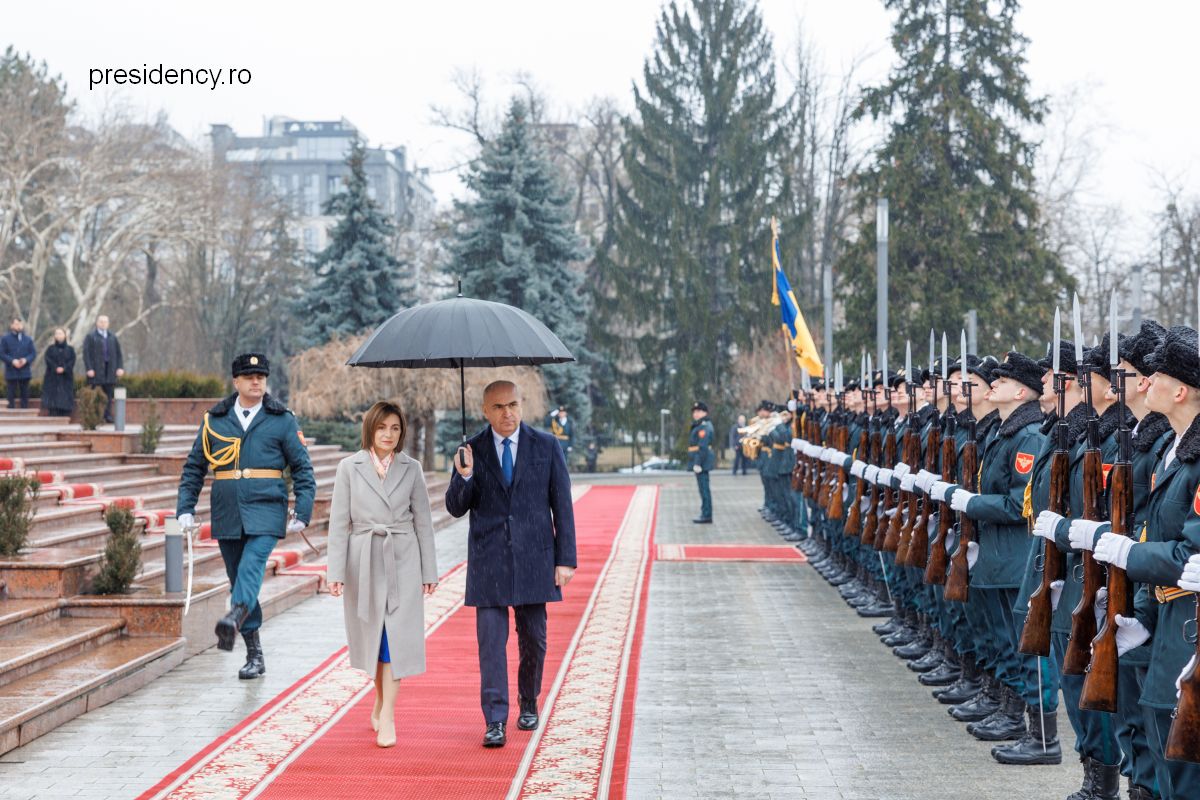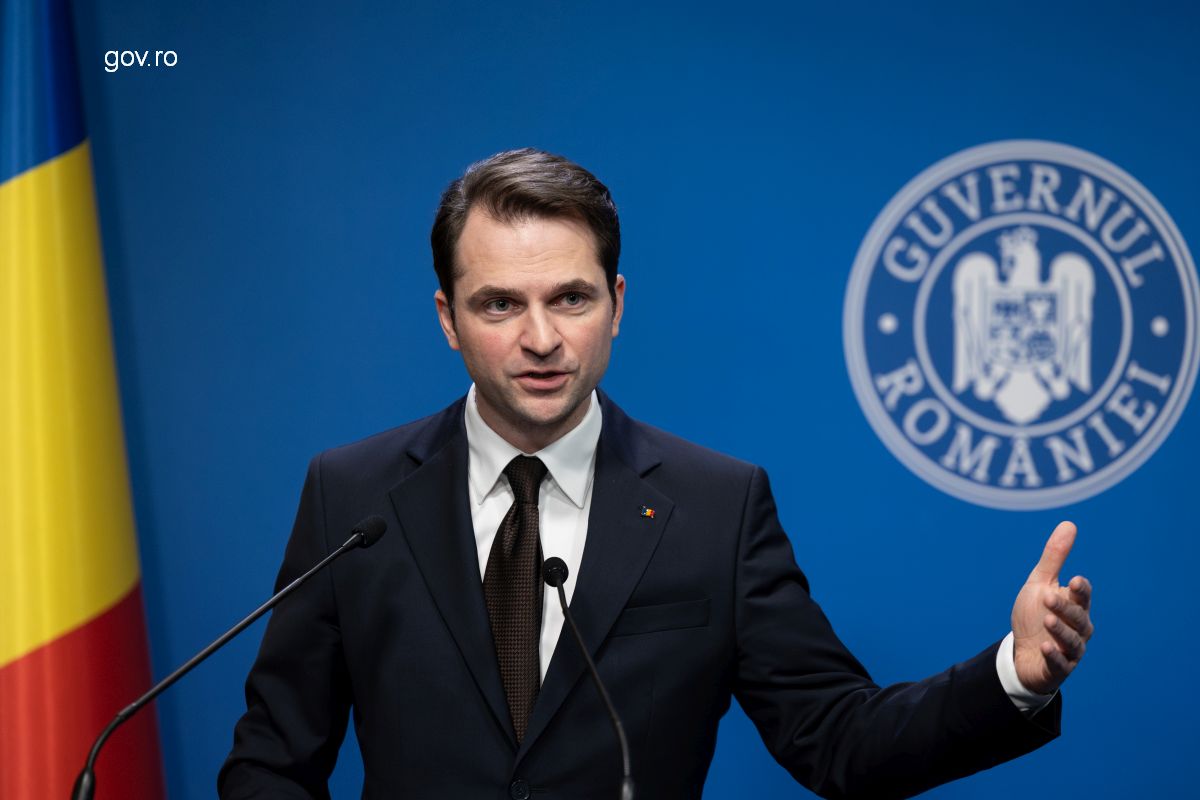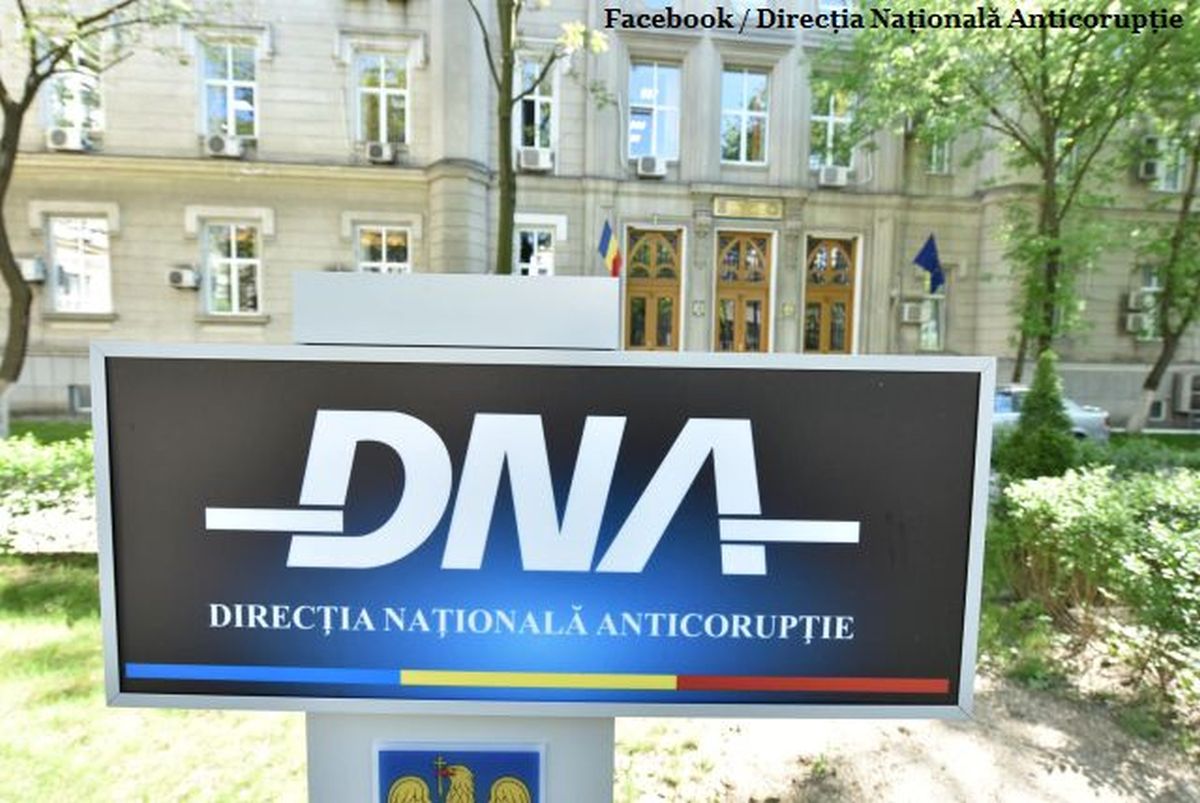Centenary Romania
Romania celebrates 100 years since the major political event of 1918: the creation of the Romanian nation state.
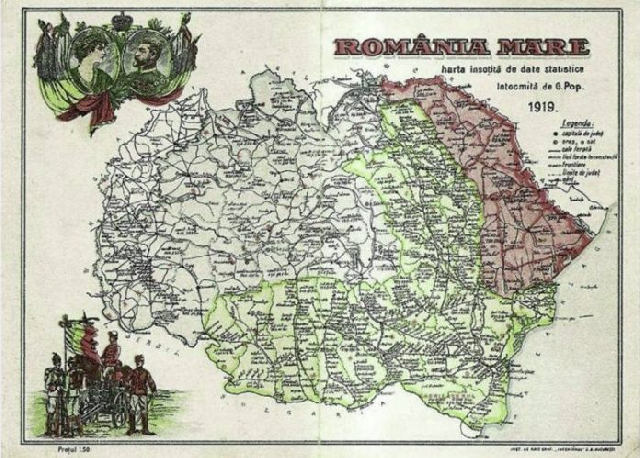
Mihai Pelin, 28.11.2018, 12:44
In 2018, the Romanian nation state turns 100. The union of all Romanian provinces was a gradual process that took place over several centuries. In 1600, the ruler Michael the Brave achieved, albeit for a short period, the political union of Transylvania, Moldavia and Wallachia. He was assassinated one year later, which perfectly fitted with the goals of the neighbouring powers, who did not like the creation of an independent state that could substantially alter the balance of power in the region. In 1859, under Alexander Ioan Cuza, Moldavia and Wallachia became united again, in a new state, Romania. Later, in 1866, the first Romanian sovereign from the House of Hohenzollern, Carol I, modernised the state and, in 1877, after the Russo-Turkish War, Romania won its independence from under the control of the moribund Ottoman Empire, after centuries of servitude. Carol I died in 1914 and was succeeded by his nephew Ferdinand. Under his rule, Romania entered WWI in order to achieve its national union, a dream realised four years later through the wish of all Romanians in the provinces that had until then been under foreign rule.
On 27th March 1918, towards the end of WWI, the legislative body in Bessarabia voted for the union of this majority-Romanian province with the motherland. This was the first act in the creation of the Romanian nation state under Bucharests control, a process that would end that same year when Bukovina also joined, on 28th November, within an extremely favourable European context. In the wake of the Central Powers defeat in the war and with the military support of King Ferdinand and the moral and diplomatic help of Queen Marie, the members of the General Congress of Bukovina unanimously voted in Cernauti for the union with Romania. This was followed by the union of the other Romanian provinces, Transylvania (centre) and Banat, Maramures and Crisana (west), which had been under the rule of the Habsburg Empire, to form the Romanian nation state on 1st December, after a very painstaking process.
At an international level, Romanias new political and territorial status was recognised by treaties signed at the Paris Peace Conference of 1919-1920. Unfortunately, the union did not last long. In the summer of 1940, following an ultimatum, Stalins Russia annexed both Bessarabia and Northern Bukovina, which now form part of the present-day Republic of Moldova and Ukraine, both of which were former Soviet republics. Hundreds of thousands of people from Bessarabia took refuge at the time in what was left of Romania and other tens of thousands were deported to Siberia or Kazakhstan, being replaced by settlers brought in from all corners of the Empire.

